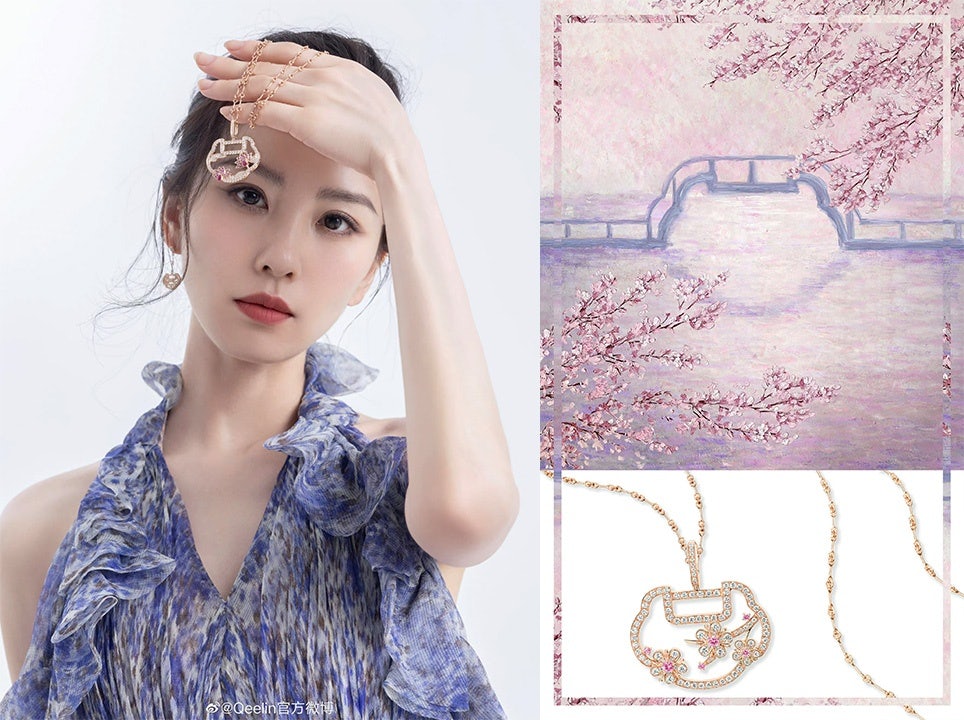“Brand China” is expanding to a global scale. According to Kanter Brandz’ Top 100 Chinese Brands 2022 report, 47 labels in the 100 highest rankings now have worldwide exposure. This is an all-time high.
The impact of Brand China within the luxury space is still very much limited but trends suggest that many domestic lines are occupying positions of consequence within the international value chain. Quality performance interwoven with innovation has created new growth markets. For example, Haier showcased its Home Switch Home concept at Milan Design Week 2022. In a similar vein, the presence of Chinese designers at fashion shows around the world underscores that the mainland is increasingly being recognized as a source of extraordinary creativity.
And yet Brand China still faces major challenges. The 2021 Anholt-Ipsos Nation Brands Index ranked Germany as the leading “nation brand” with China ranked only 31st out of 60 countries. Whether conscious or unconscious, this placement reveals bias against firms originating from the country and represents a predicament regarding how prestige houses should manage Brand China in international markets.
Chinese Identity#
Brands that enjoy a strong cultural identity have the power to establish authenticity synonymous with their origin. A deliberate decision can be made to anchor the label’s identity within a specific culture. In a sense, a celebration of “Chineseness” can benefit the meaning it wants to project. This phenomenon is demonstrated by Herborist, which is inspired by Traditional Chinese Medicine, and Florasis’ engagement with eastern beauty standards. Likewise, Qeelin’s brand narrative is rooted in the nation’s symbolism, which has given rise to a series of jewelry collections. However, the mixed fortunes of Shanghai Tang are a reminder that the cultural route to attracting consumers has its limits. Executives need to be aware of the extent consumers are willing to be associated with these specific codes.

Hybrid Identity#
Maisons often set out to create synergies with a myriad of various national references, and Brand China can be integrated into a multi-cultural brand identity. For example, Bosideng is a group that is proud of its heritage but reinforces its design credibility through international collaborations such as Jean Paul Gaultier x Bosideng. Indeed, Bosideng x Pioneers is a partnership with global personalities — like Chris Froome (four-time winner of the Tour de France) — who share their own personal stories together with their relationship with the down jacket maker. Organizations need to ascertain the optimal hybrid relationship so as to leverage a marketing method that can create positive associations and exhibit cultural diversity. It is a template that could, for instance, help sportswear enterprises Anta and Li-Ning win over followers outside of their home markets.
Neutral Identity#
A non-country branding strategy can help allay potential negative perceptions such as that of inferior product quality. This approach is evident within the fashion category in which origin plays a less critical role. For example, there is virtually no reference to Shein’s Chinese ownership. The corporate website states, “Shein is a global fashion and lifestyle e-retailer committed to making the beauty of fashion accessible to all." Likewise, local swimwear label Cupshe, which is gaining market share in the US, describes itself as “a beachwear brand inspired by and created for the most vibrant, fun, and fearless women all over the world.” It is a low-risk strategy that allows homegrown players to re-create their desired brand identity and to develop their businesses globally.

As Chinese outfits invest in expanding their international market presence, their expressions of Brand China can take a variety of forms. There is no blueprint to success, but executives must be active and ultimately define the degree to which the venture should be associated with Chinese identity. They should be aware that perceptions of this vary around the world — and even to some degree within China itself. But it is a dilemma that very few domestic prestige companies can avoid if they aim to succeed in global markets.
Glyn Atwal is an associate professor at Burgundy School of Business (France). He is co-author of Luxury Brands in China and India (Palgrave Macmillan).


